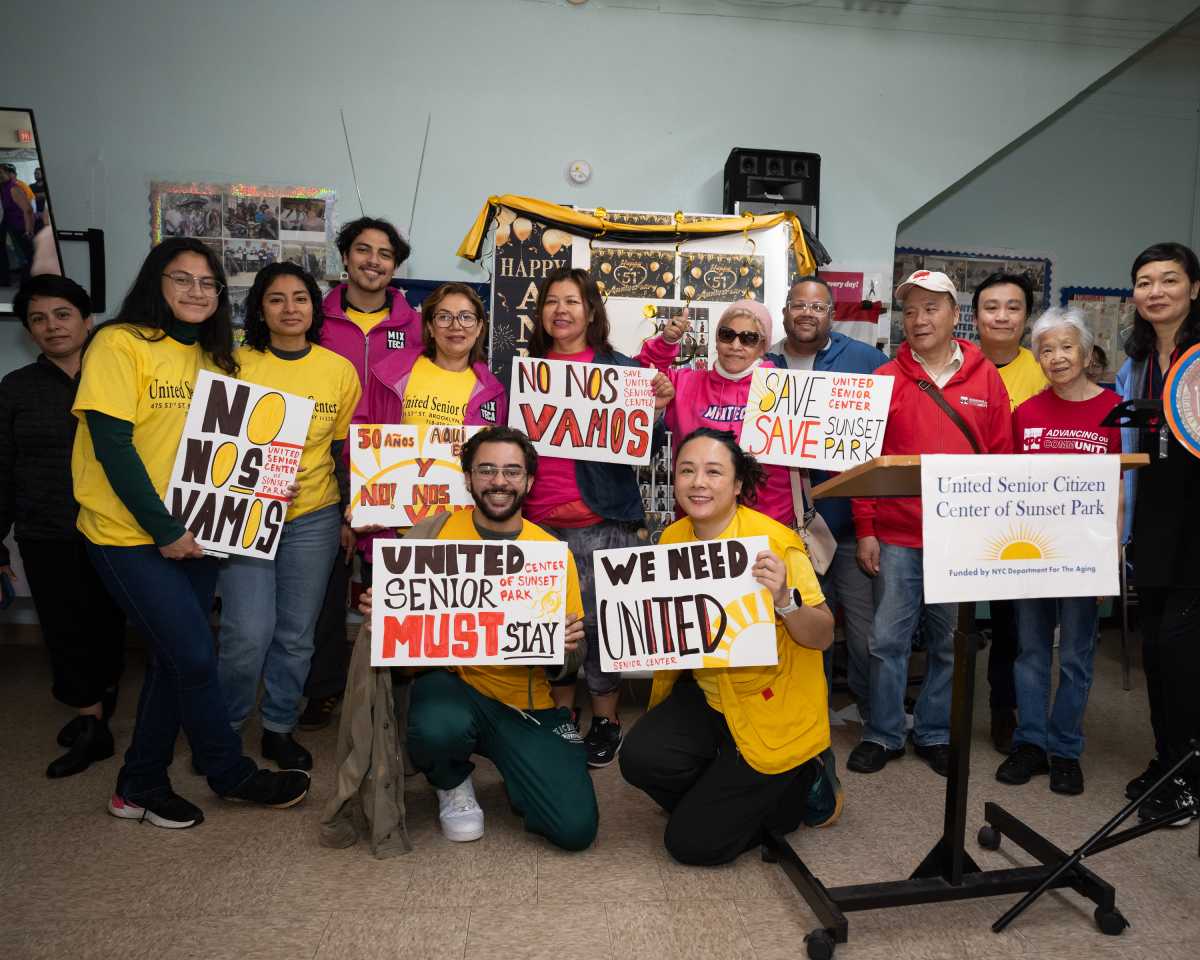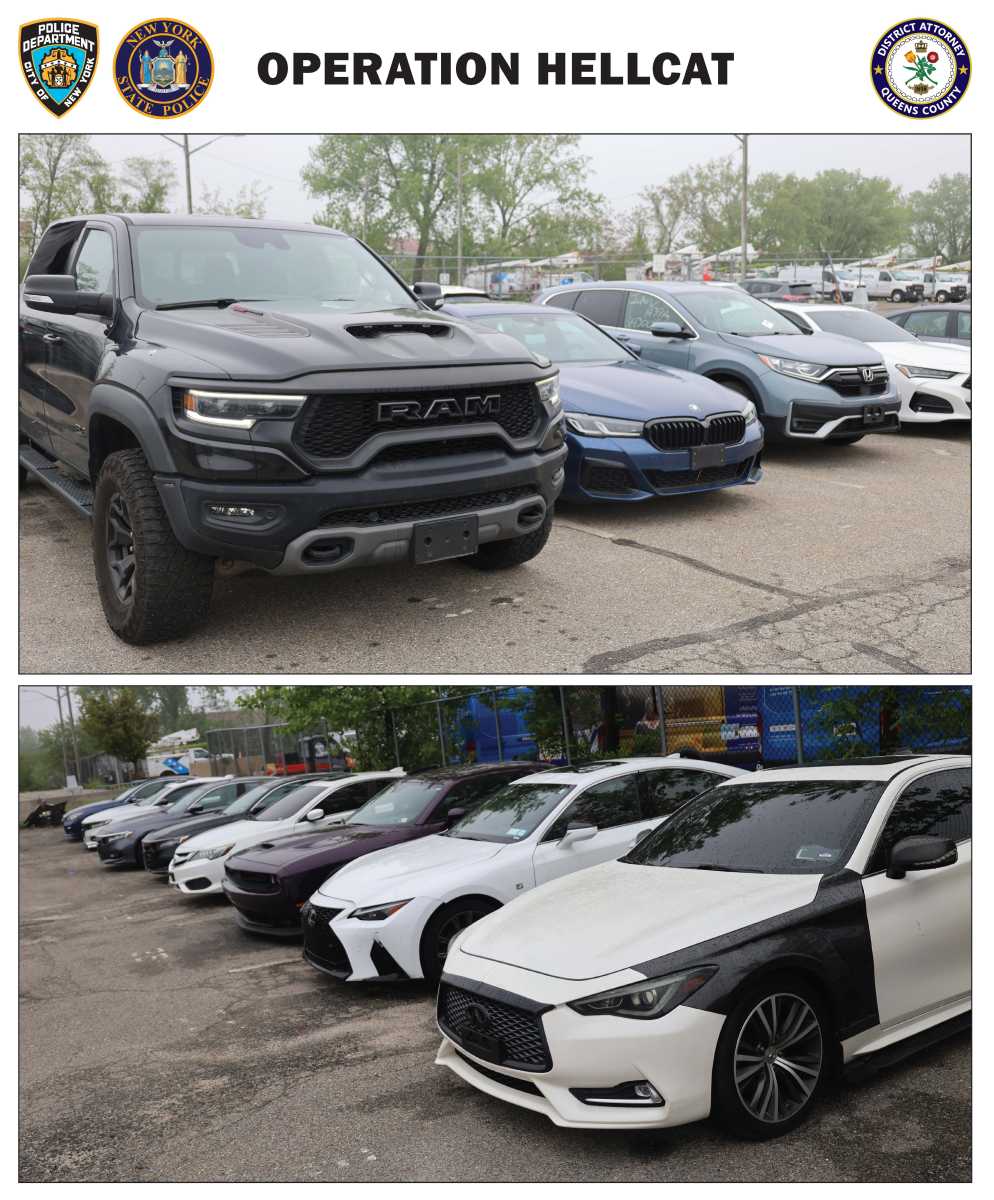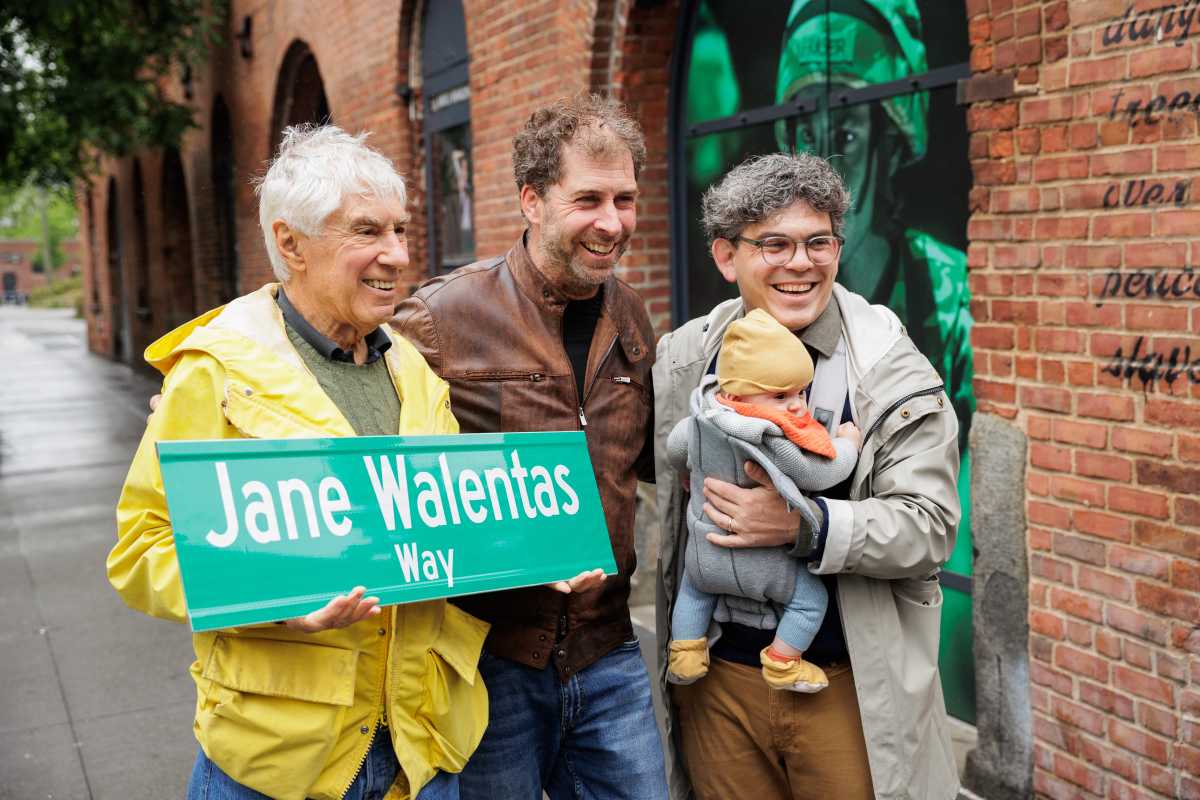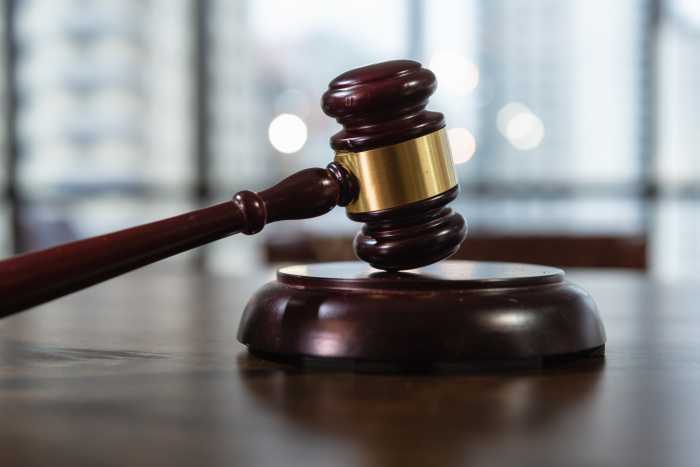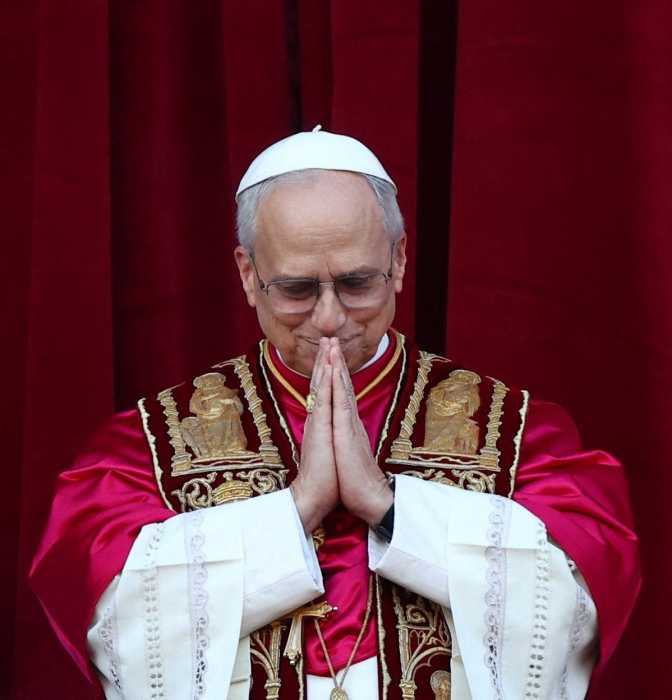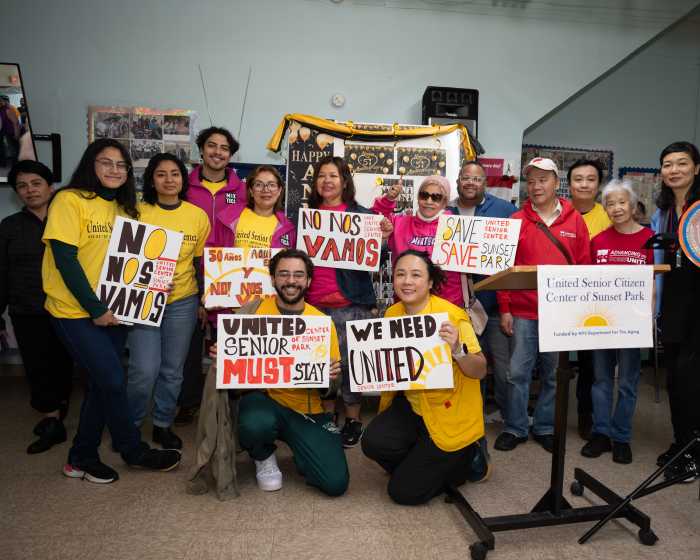By Lori Haught
Community Board 3 passed a resolution in the spring saying it did not support bike lanes on Grand St. But by November, the city Department of Transportation had installed the lanes.
Citing its extensive research, D.O.T. said Grand St. was the area’s safest and most convenient route for a cross-town bike lane.
Community members at a meeting two weeks ago were split down the middle. Some love not being hassled by cars while cycling in the street, while others are sick of double parking and congestion that they say has resulted from losing a lane of traffic on both sides of the street.
“The noise level is up and I haven’t seen traffic that backed up since the [transit] strike last year,” one resident said of his recent encounter at Grand and Essex Sts. at the C.B. 3 Transportation Committee meeting earlier this month.
Josh Benson, a D.O.T. representative, said that the traffic study did not show signs of the bike lanes impeding anything. Another resident present at the meeting laughed openly at the comment.
The resident said that D.O.T. missed the finer points when doing its study and that because of double-parking the bikers now have to veer into the traffic as opposed to just flowing with it as they did before. The intersection of Clinton and Grand Sts. was cited as a particularly bad location for double-parking and standing buses.
Benson also said that the studies done by D.O.T. do not take into account any illegal behavior that might occur. He said that the community board should work with the police to help solve the problem of moving violations.
A representative from Transportation Alternatives, a New York-based organization for eco-friendly travel, said that they supported D.O.T. and that they would be happy to work with C.B. 3 to help improve relations with the police precinct. He said that illegal activity, like double-parking, becomes a problem because police do not realize that double-parking in a bike lane is subject to being ticketed. Committee members agreed to listen to a presentation from T.A. at next month’s meeting, and also suggested that T.A. make a presentation at the Ninth Precinct Community Council.
Benson said one of the reasons they chose Grand St. for bike lanes was because of the activity that already existed there. There is shopping on Grand St. along with a well-established population of cyclists going to and from the Williamsburg Bridge, which Benson said is now used nearly twice as much by bikers as the Brooklyn Bridge. People asked why D.O.T. didn’t pick a more direct route, like Delancey St., to the Williamsburg Bridge, or a safer one, like Broome St. Benson said neither of those were as conducive to attracting bikers, and that Delancey would be much more dangerous for cyclists, while Broome St. would simply go unused.
The community also seemed outraged that D.O.T. took one lane on both sides of two-way Grand St. for the bike path while painting a 10-foot-wide median in the middle of the road. Benson said D.O.T. has an “eye for the future” and plans to put a concrete median there once it receives funding.
“We’re trying to think of the pedestrians who might get stuck on the median,” he said of Grand St., a wide and busy street.
The installation of the Grand St. bike path was part of D.O.T.’s New York City Bicycle Master Plan, under which 200 miles of new safe bicycle lanes are to be introduced by the end of 2009. About 5 miles of new bike lanes have been installed Downtown this year.














